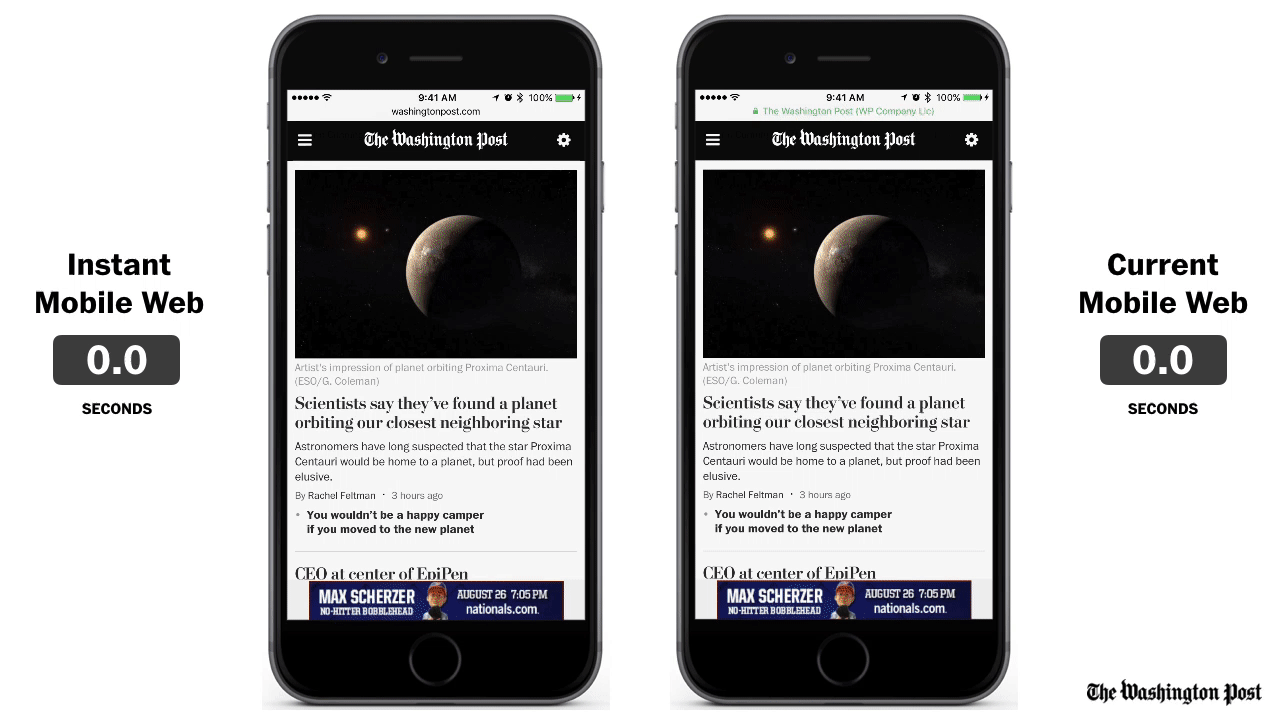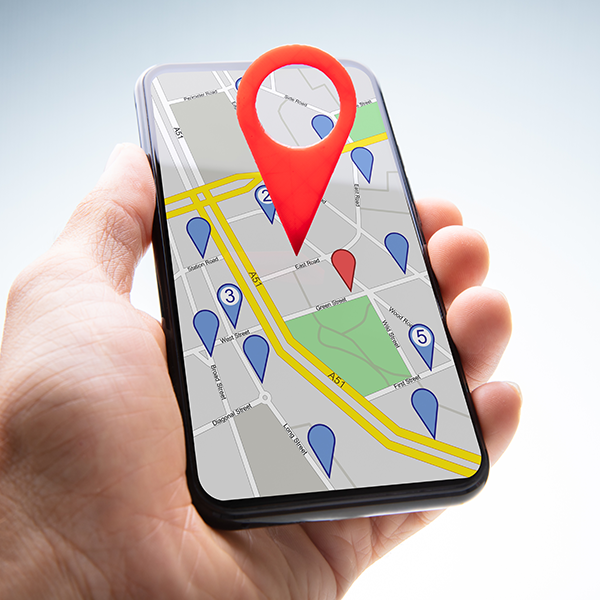The Effect of Progressive Web Apps

What are progressive Web apps? According to Google: "Progressive Web Apps are installable and live on the user's home screen, without the need for an app store. They offer an immersive full screen experience with help from a web app manifest file and can even re-engage users with Web push notifications."
Sounds great, but who's using them and to what effect? Let's check out five examples of PWAs and how enterprises are using them to modernize their user experience.
The Washington Post
The publication released its "lightning-fast mobile Web experience" late 2016 using its own technology with progressive Web apps and the Google-led accelerated mobile pages (AMP) technologies to create a better user experience for its fastest-growing audience ( according to the Post itself).
According to the social network, Twitter Lite is fast and responsive, uses less data, takes up less storage space, and supports push notifications and offline use in modern browsers (see image, source).
"The Web is becoming a platform for lightweight apps that can be accessed on-demand, installed without friction, and incrementally updated," Nicolas Gallagher wrote. "Over the last year we've adopted new, open web APIs and significantly improved the performance and user experience."
With Twitter users' connectivity varying, Twitter Lite gives everyone the opportunity to use Twitter when their "connectivity is slow, unreliable, limited or expensive."
Forbes
With Snapchat as its inspiration and Google as its technology, Forbes launched its progressive Web app starting in March 2017.
The publication states that "By adhering to the PWA guidelines, the site offers an improved user experience that includes faster load times, app-like navigation and highly visual content. Furthermore, readers on Android devices will enjoy enhanced capabilities such as offline reading and push notifications."
Housing.com
India has become a hot spot for progressive Web apps. As one article put it, "With no app to install [...] PWAs are tailor-made for low-end devices, which account for bulk of smartphone sales in India."
Housing.com is a startup in India that has released its own PWA, which saw - according to Google - a 38 percent increase in total conversions across browsers. The Google case study continues, "The new PWA also delivered higher-value users, with visitors spending 10 percent longer per session and returning more often."
Google I/O 2016
Google released a progressive Web app for Google I/O 2016, which resulted in, according to Google:- More engagement than the native app (4:06 min mobile Web versus Android's 2:40 min)
- Add to homescreen saves were up +900 percent compared to 2015
- 3.8 percent users went offline but continued to generate 11,000 pageviews
- 50 percent of signed in users enabled notifications
Progress with PWAs
Developers interested in creating progressive Web apps for their digital enterprises should check out Google's PWA checklist. Although it is early in progressive Web apps' usage, developers will want to keep an eye on the recommendations Google makes for PWAs as it is likely only a matter of time before Google begins to in some way prioritize them or label them within the Google search results, since the company seems to be investing in the technology for PWAs and the education for developing them as well.

Subscribe to Our Newsletter!
Latest in Software








